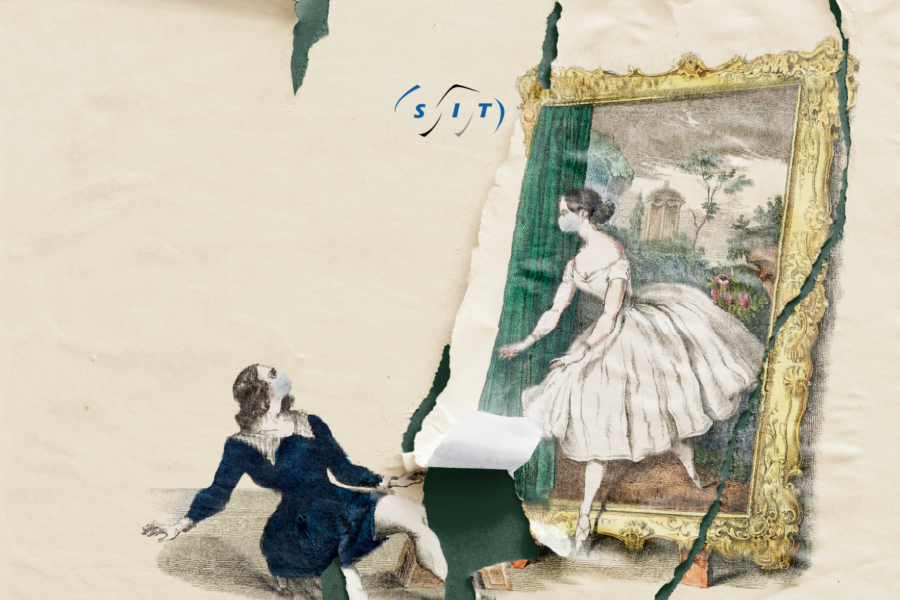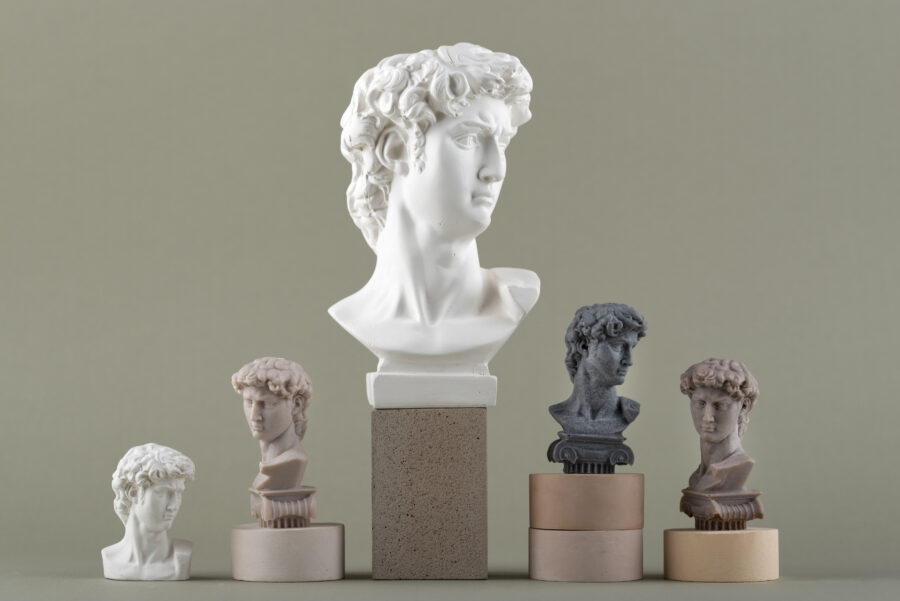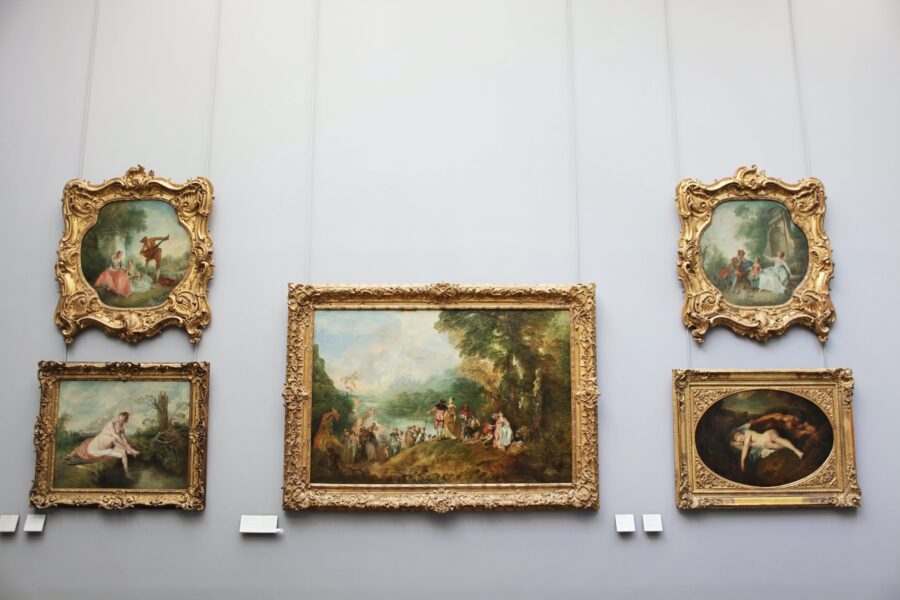
In this blog we will travel through time, exploring the eras and movements that have shaped the fascinating world of art.
From prehistoric caves to contemporary expressions, we will detail the highlights in the history of art that have left an indelible mark on humanity.
Antiquity: A Primitive Beginning
At the dawn of civilization, prehistoric communities surprise us with their creativity expressed in cave paintings and primitive sculptures. The Lascaux caves in France reveal amazing cave art, while in Mesopotamia and Egypt, writing and painting in hieroglyphs and clay tablets offer a glimpse into the earliest forms of visual communication.

Middle Ages: The Elegance of the Gothic and the Illuminated
During the Middle Ages, Gothic cathedrals such as the majestic Notre-Dame in Paris stand as architectural testaments, while illuminated manuscripts, such as the Book of Kells in Ireland, transport us to a world where creativity is intertwined with spirituality.
Renaissance and Baroque: The Renewal of Art
The Italian Renaissance, a revival of interest in classical culture, saw the rise of geniuses such as Leonardo da Vinci and Michelangelo. Masterpieces such as “The Last Supper” and “The Creation of Adam” mark a period of profound change. The later Baroque immerses us in theatricality and realism, with Caravaggio and Rembrandt leading the way with unforgettable works such as “Judith beheading Holofernes” and “The Night Watch”.
Enlightenment and Neoclassicism: The Art of Reason
The 18th century brings with it the Enlightenment and Neoclassicism, reflecting reason and critical thinking in art. Jacques-Louis David, a neoclassical leader, guides us through works such as “The Death of Socrates” and “The Coronation of Napoleon”, expressing the power of classical aesthetics.
Romanticism: Emotions in Brushstrokes
In the change from the 18th to the 19th century, Romanticism awakens emotions through paintings such as Caspar David Friedrich’s “The Walker on the Sea of Clouds” and Eugène Delacroix’s “Liberty Leading the People”.

Realism and Avant-Garde Movements: Challenging Norms and Expectations
In the 19th century, realism addresses social issues, with works such as Gustave Courbet’s “The Painter’s Studio”. Later, avant-garde movements such as impressionism, with Monet and Renoir, challenge established norms, opening the way for artistic experimentation.
The Twentieth Century: The Revolution of Contemporary Art
The 20th century takes us through a whirlwind of movements, from the cubism of Picasso and Braque to the surrealism of Dali and Magritte. The abstract expressionism of Pollock and Rothko redefines visual perception, while Warhol’s pop art and simplified minimalism offer new perspectives.
21st Century: Diversity in Contemporary Art
In the 21st century, contemporary art is a melting pot of expression. From stunning installations to innovative digital forms, artists like Ai Weiwei and Yayoi Kusama continue to challenge boundaries and explore the intersection of creativity and society.
This journey through the history of art is just a glimpse of the immense richness that has evolved over the centuries – join us on this exciting journey through human creativity, where every brushstroke and sculpture tells a unique story!